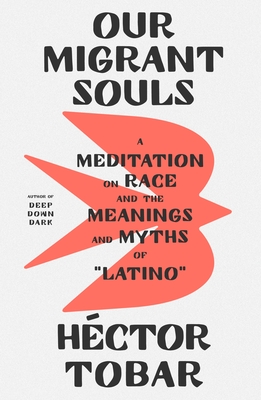Chapter 3: Beginnings
byChapter 3: Beginnings offers an insightful exploration into the lives of immigrants, delving into the stories that shape their experiences as they embark on new journeys in the United States. The chapter begins by reflecting on the personal and collective tales of migration, with many of these stories infused with hope, courage, and the excitement of starting afresh. For many migrants, the journey symbolizes a new beginning, yet the challenges that accompany these transitions are far from easy. The author contrasts the stories of earlier generations, which were often filled with optimism, to the more complex and difficult migration experiences of contemporary times. As these migrants cross borders and encounter new lands, their sense of identity and belonging is deeply affected, and their experiences become the building blocks of the communities they create.
The author personalizes this narrative by recounting the migration story of their own family, which came from Guatemala to Los Angeles. The author’s mother, pregnant at the time, sought refuge in the U.S. from the political turmoil of Guatemala, carrying the hopes of a better life for her family. Their arrival in America is symbolized by a photo taken at the Griffith Observatory, representing their dreams of a future filled with knowledge, opportunity, and success. Yet, the reality of settling in East Hollywood—a neighborhood marked by challenges and transience—proved to be a far cry from the image of prosperity and modernity that they had envisioned. This neighborhood, often associated with new beginnings, also became a place where the author witnessed the daily struggles that many immigrants face, from economic hardship to the constant tension of adjusting to a new way of life. These experiences highlight the gap between expectations and reality, showing the resilience required to adapt and survive in a new environment.
The narrative continues by describing the immigrant neighborhoods where many families settle, hoping to find community and familiarity in a foreign land. These neighborhoods, however, are often fraught with stark contrasts between wealth and poverty, offering both support and struggle to those who call them home. Immigrants find solace in the shared experience of striving for a better future, but they also confront the tough realities of economic inequality, racial divisions, and the social isolation that many face. In East Hollywood, the author reflects on their childhood, observing how these tensions shaped their perspective on the world. Although innocence and joy marked their early years, the underlying sense of division—formed by economic disparities and racial biases—was always present. This complex reality fostered a deep sense of awareness of how difficult it can be for immigrants to navigate the promises of opportunity while dealing with the systemic challenges that often await them.
As the chapter unfolds, the emotional impact of migration becomes more evident, emphasizing that the immigrant experience is not merely about crossing physical borders, but about dealing with the profound emotional and psychological transformations that come with such a journey. Immigrants are often tasked with reinventing themselves, balancing the hope of achieving a new life with the heavy weight of leaving behind everything familiar. The author reflects on the resilience of their parents and the immigrant community at large, noting how their experiences are a blend of hardship, resilience, and a deep desire for connection and success. Their stories are woven into the larger fabric of Latino communities across the United States, each filled with dreams of a better future while also carrying the scars of the struggles they have endured. These personal experiences contribute to the creation of tight-knit communities where survival, solidarity, and identity are built upon shared experiences of migration.
Ultimately, the chapter presents the act of migration as a transformative journey that shapes individuals in ways that go beyond just physical relocation. Through migration, immigrants are forced to confront their own identities, cultures, and hopes for the future, all while trying to adapt to the challenges of a new society. The experiences shared by the author and other migrants underscore the profound emotional and personal growth that occurs as part of this process. Despite the obstacles that many face, there is an undeniable sense of resilience that drives them forward, shaping their communities in ways that reflect both the struggles they endure and the dreams they continue to pursue. The chapter emphasizes the power of migration in shaping not just the lives of individuals but the broader cultural and social landscapes of the United States, particularly in Latino communities. Through these transformative journeys, the immigrant experience becomes a testament to the strength and perseverance required to build new beginnings in the face of adversity.

